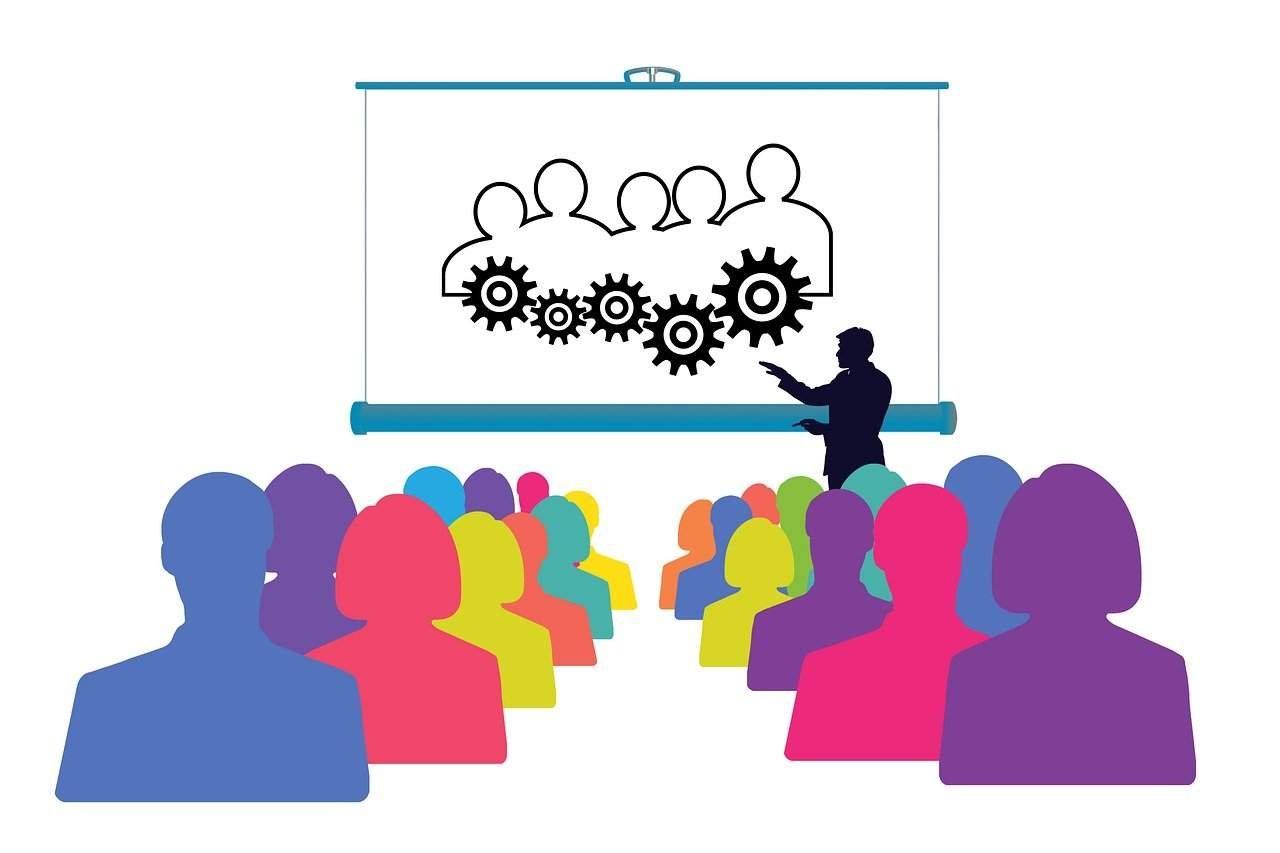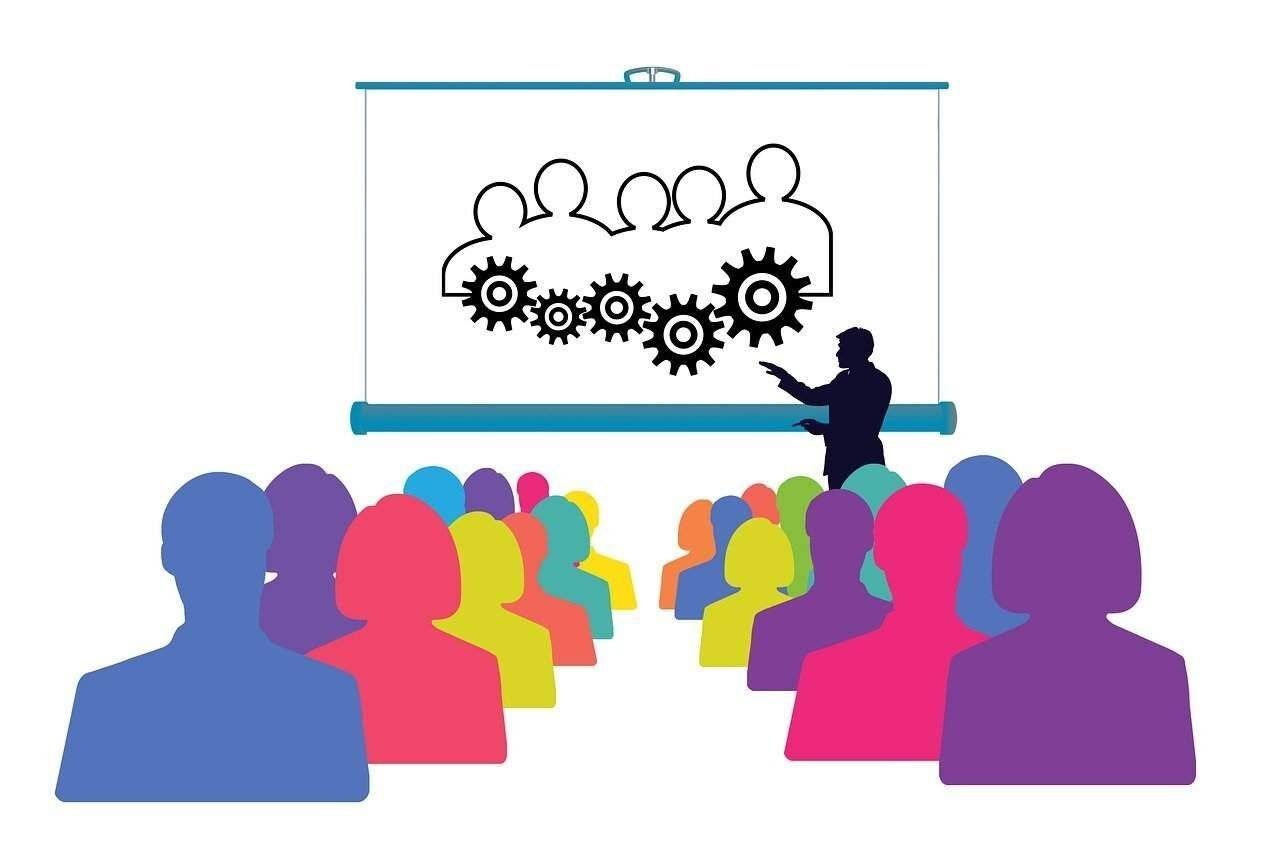Employee Welfare Schemes with their Programs and Benefits; It means everything that is done for the intellectual or social (comfort and improvement) of the employee outside or inside of the salary paying. In simple words of improvement, “try to make and build an employee’s life worth living”. It includes the various services, facilities, and amenities available to employees to help them improve. These facilities may provide voluntarily by progressive employers, or government regulations may compel them to provide these facilities; or, they may be taken over by the government or trade unions if they have the necessary resources.
Here is the article to explain, Employee Welfare Meaning, Definition, Characteristics, Objectives, Schemes, Programs, Principles, and Benefits!
The welfare of workers aims to improve the lives of the working class; lead to the general development of the personality of the worker, and so on. Also, The welfare of workers is for the benefit of workers, employers, and society as a whole. This allows workers to do their jobs in a healthy and profitable environment.
Therefore, it improves the efficiency of employees and makes them satisfied, thereby contributing to the high work ethic of employees. It also develops a sense of responsibility and dignity among workers, making them good citizens.
Apart from salaries and wages, anything an organization does to improve the standard of living of its employees and make them happy falls within the area of employee welfare. All services, benefits, and facilities that employers offer to workers to make their lives decent, including workers’ welfare.
Meaning and Definition;
According to the ILO, “Employee welfare should be understood as such service, facilities, and amenities which may be established in or in the vicinity of undertakings to enable the persons employed in them to perform their work in healthy and peaceful surroundings and to avail of facilities which improve their health and bring high morale”.
It is all about improving workers. Also, This includes the adaptation of the employee’s work and family life to social and social life. Charity acts can be voluntary and mandatory (required by labor law).
The need and importance of employee well-being are increasingly recognized in the civilized world. Also, The concept of welfare is dynamic and has different meanings in different countries and at different times in the same country; according to the prevailing value system, social institutions, level of industrialization, and general level of social and economic development.
Some describe them or occupational well-being as “mental adjustments”; while others simply list the schemes and measures that should include in occupational welfare. Others emphasize the voluntary nature of the action; and, including actions taken by the employer that go beyond what requires by law. Some interpret worker/employee welfare measures only as those required by law.
The International Labor Organization (ILO) defines employee welfare as:
According to the ILO, “employee welfare” is understood as the services, facilities, and amenities that can be located in or near companies to provide a healthy; and, supportive environment for their employees and are complemented by facilities that promote health and morals.
Community service is a task that the employer must perform voluntarily for the mental, physical, moral, and economic improvement of the employee, beyond that provided by law or expected within the framework of a service contract that the employee may have negotiated.
According to this definition, housing, health and educational facilities, gastronomy, recreational and recreational facilities, cooperatives, child care and child care, provision of sanitary conditions, accommodation, paid leave, social security measures taken voluntarily by the employer and also include systems such as fund insurance, tips, and Pensions, etc. Therefore, the term social assistance is very flexible.
According to nation;
In India, which has embarked on an extensive industrialization program, the welfare of workers is even more important as it creates a healthy work environment, keeps the workforce stable and aggressive, and helps maintain industrial peace, thereby increasing worker productivity.
Recognizing this need, social measures have been appropriately allocated according to the plan for five consecutive years and in the industrial policy statement. The agencies responsible for implementing social assistance measures are the federal government, state governments, employers and their associations, employee associations, and social assistance regulations.
To complement the efforts of state and government officials in improving the welfare of workers, welfare funds have been prepared for coal, mica, iron ore, manganese ore, limestone, and dolomite, as well as for the bee industry.
The main activities financed by the fund include general welfare such as health facilities, clean water, education and recreation, and housing. The fund creates by setting a price on the production or consumption or export of minerals and, in the event of a disaster, on the resulting disaster.
Employee welfare characteristics or job well-being;
The main characteristics of the welfare of an employee or his work are as follows:
- Work welfare includes various facilities, services, and facilities available to workers to improve their health, productivity, economic improvement, and social status.
- Social assistance measures are available to employees under statutory provisions and collective agreements in addition to regular wages and other economic benefits.
- Social support policies for workers are flexible and constantly changing. From time to time, existing measures supplemente by new welfare measures.
- Welfare measures can undertake by employers, governments, workers, or charitable or charitable organizations.
- The welfare of the workforce aims to contribute to the development of the personality of the worker as a whole to make him a good worker and a good citizen.
The purpose or objectives for employee welfare;
The employee welfare goals and objectives discuss below:
- To increase employee morale, To create a loyal and happy workforce in the organization, and To create a better corporate image in the minds of employees.
- Enable workers to live comfortably and happily. The development of employee efficiency, reduce the influence of trade unions on workers.
- Disclosing philanthropic and corporate benevolence activities. Inform workers that they being look after by the company. Also, Develop a positive attitude towards work, company, and management.
- To reduce the tax burden, To develop a sense of satisfaction among company employees; Develop a sense of belonging to the company.
- To retain a skilled and talented workforce, To develop better human relations; To prevent social ills such as alcohol consumption and gambling by improving working conditions, cultural activities, and social conditions.
Why is employee welfare important?
Employee charities are becoming increasingly important for the following reasons:
- Absence of a strong union movement; In the absence of strong unions and effective leaders, social work helps workers in the industry stand on their own feet, reflect correctly and systematically about their interests, move hand in hand, and participate in developing nations.
- Poverty; Poverty is one of the main drivers of social assistance activities. Indian workers are mostly poor and therefore unable to provide a healthy lifestyle for their families and a good education for their children.
- Illiteracy; India has a low number of educated workers. Due to illiteracy, they cannot get industrial training, understand industry problems, understand their own interests and the interests of the nation.
- Poor health and nutrition; Due to poverty and illiteracy, Indian workers remain unwell and malnourished. This reduces their productivity and efficiency.
- Lack of healthy rest; Due to lack of healthy rest, workers commit crimes and other despicable acts. Employers must provide funds for healthy recovery to maintain their performance.
- Lack of Training; The number of trained workers in India is very low. Therefore, there is a need for training facilities for such a large workforce.
Employee Welfare benefits;
The following benefits or advantages of employee welfare below are;
- Employees will work sincerely and honestly. Also, This will increase employee productivity and efficiency; bonds and a sense of belonging between employees develope.
- Employees will be healthy and mentally and physically able to do their best. Because of that; promote a healthy work environment. Employees can expect stable, developing, committed employees, and employees also work with full interest and participation.
- Higher productivity, higher efficiency, promotion of healthy working relations, in the end, industrial peace can achieve. Lack of work processes such employee problems will not happen in the organization.
- Employees will go out to share additional company responsibilities. It improves the standard of living of employees; Also, The work environment and work culture will develop within the organization.
- Improve the reputation and reputation and image of the company. There is no possibility of labor disputes in the company. Also, A healthy and harmonious relationship between employer and employee develope. You may definetly understand above employee welfare benefits or advantages.
Employee welfare activities under various systems, Schemes, and procedures;
Social welfare schemes and activities for employees are provided within the framework of various regulations by the federal government/state governments/unions/volunteer services, etc. They are provided as follows; The central government has passed various schemes, laws to ensure certain social conditions for its workers through employers, namely, for employee welfare:
- Canteen for more than 250 employees, child care for more than 30 women, social workers for 500 employees or more.
- Provision of accommodation for meals and rest if employing 150 people or more, first aid room, in mines employing more than 150 workers
- Training facilities in the manner for the children of workers, where there are 25 workers, children between 6 and 12 years old, housing for each worker and his family living on the plantation.
- Uniforms, raincoats for drivers, conductors, and staff for route control, for protection against rain and cold, medical facilities, for workers in road traffic
- Ensure regular payment of minimum wages (equal pay for equal work, regardless of gender) / provision of adequate accommodation for employees/provision of protective clothing, if necessary, for employees.
Employee or labor welfare program and its principles;
After schemes of employee welfare next, follow of; Basically, the following principles determine, which must be observed when creating a social assistance program for employee welfare:
The program must meet the real needs of workers:
This means that managers must first determine what the actual needs of employees are. Extreme caution and serious research must decide whether or not an employee will offer a particular service. More evidence need than just unfounded manager bias.
Programs should design in such a way that they can carry out well through a group approach:
For example, life insurance purchased as a group can be purchased at a much lower cost than those purchased by individuals. However, it said that there are large differences in the choice of special benefits depending on gender, age, marital status, number of children, type of work, and level of income of workers.
As a result, it proposes determining the total value of the benefits and leaving the choice of the combination of benefits for each employee. This knows as the “cafe approach”. Such an approach individualizes the performance system, although it may be difficult to manage and manage it.
Employers must not adopt a benevolent attitude:
Some employers encourage dependence on employees, which is counterproductive. The paternalistic and benevolent approach fails because of the employee’s desire to be independent and dignified.
Program costs must be quantifiable and funding must place on a solid foundation:
There are various employee services like pension, insurance, insurance, etc which are not cheap to administer. Also, The cost of these benefits can hardly call peripheral. Therefore, it is very important that good actuarial estimates of costs are made before providing such services at the collective bargaining table and adequate provisions are made to finance them.
Management should ensure the cooperation and active participation of trade unions and workers in formulating and implementing programs. There should be periodic evaluation or evaluation of the program and timely improvement as needed based on feedback for employee welfare reports.

















